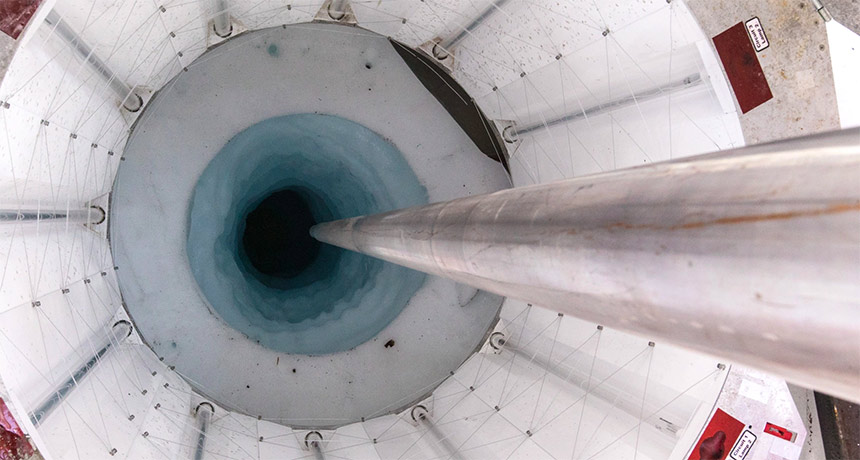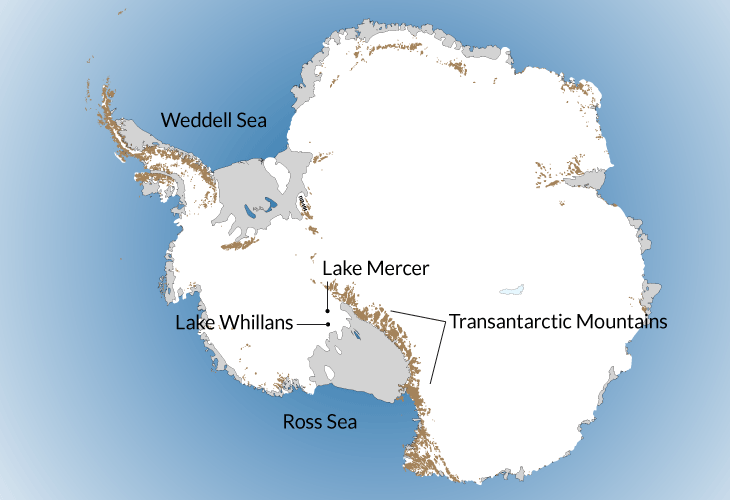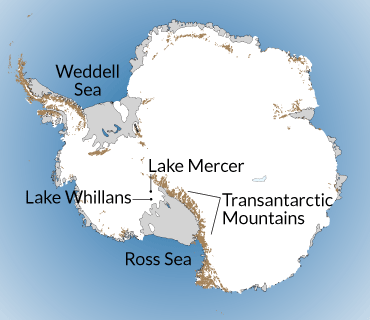Cryptic remains of tiny animals have turned up in an Antarctic lake
Mud from Lake Mercer revealed crushed critters that resembled spiders and worms

LONG WAY DOWN Mud drawn from an Antarctic lake buried underneath a kilometer of ice contains what appear to be remnants of animals like crustaceans and water bears.
Billy Collins/SALSA Science Team








